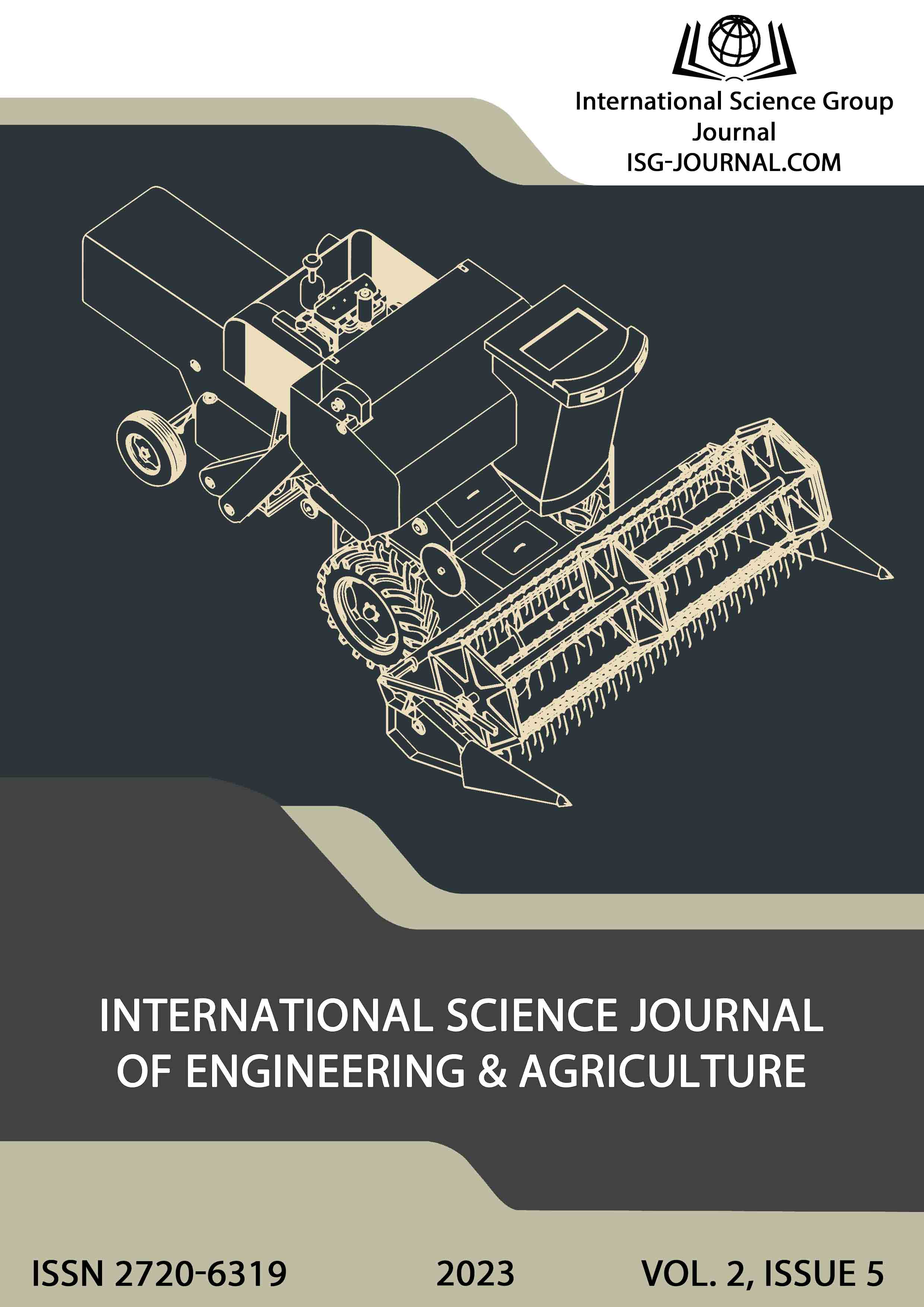Development of low-protein cookie recipes for phenylketonuria patients
DOI:
https://doi.org/10.46299/j.isjea.20230205.04Keywords:
phenylketonuria, phenylalanine, protein, low-protein cookies, food additivesAbstract
The article describes the characteristics of phenylketonuria and dietary therapy. The recommended norms of phenylalanine consumption for children are given. The problems of nutrition of patients with phenylketonuria are described. The existing assortment of foreign low-protein biscuits is studied and the absence of such production in Ukraine is noted. The analysis of the ingredients of biscuits showed that traditional biscuit components, such as egg and wheat flour, cannot be used in low-protein biscuits that meet the requirements for phenylalanine and natural protein. The stages of development of low-protein biscuits are described and several variants of the developed recipes are presented. The first formulation is made with potato starch and wheat flour, without the addition of structuring agents. The content of phenylalanine (PA) in 100 g of the product is 48.2 mg. The second recipe is made with potato starch, wheat flour with the use of guar gum and xanthan gum. The PA content in 100 g of the product is 38.4 mg. The third formulation is made with corn starch, flour-free, guar gum and xanthan gum. The PA content in 100 g of the product is 8.8 mg. The sensory properties (taste, color, flavor, shape, surface condition, breakdown structure, consistency) and physicochemical properties (mass fraction of moisture, alkalinity, wettability, phenylalanine content) of the developed products were investigated. The evaluation of shown parameters showed that the developed biscuits have different but relatively high quality indicators but are inferior to traditional biscuits in terms of consistency. Physicochemical parameters also meet the requirements, with moisture content being the main difference.References
Wahlsten, D. (2019). Genes, Brain Function, and Behavior: What Genes Do, How They Malfunction, and Ways to Repair Damage. United Kingdom: Academic Press.
Al Hafid, N., & Christodoulou, J. (2015). Phenylketonuria: a review of current and future treatments. Translational pediatrics, 4(4), 304
Rocha, J. C., Bausell, H., Bélanger-Quintana, A., Bernstein, L., Gökmen-Özel, H., Jung, A., ... & Heddrich-Ellerbrok, M. (2021). Development of a practical dietitian road map for the nutritional management of phenylketonuria (PKU) patients on pegvaliase. Molecular genetics and metabolism reports, 28, 100771
Firman, S. J., Ramachandran, R., Whelan, K., Witard, O. C., & O'Keeffe, M. (2022). Protein status in phenylketonuria: A scoping review. Clinical Nutrition, 41(4), 894-922.
Traverse G.M., Shadrin O.L., Koyakevzch V.K., Horzshna V.K. (2009). Дитяча нутріціологія. Навчальний посібник. [Pediatric nutrition. Study guide] Poltava. Naukove vydannya,. 175.
Van Wegberg, A. M. J., MacDonald, A., Ahring, K., Bélanger-Quintana, A., Blau, N., Bosch, A. M., ... & Van Spronsen, F. J. (2017). The complete European guidelines on phenylketonuria: diagnosis and treatment. Orphanet journal of rare diseases, 12(1), 1-56.
Burgard, P., Ullrich, K., Ballhausen, D., Hennermann, J. B., Hollak, C. E., Langeveld, M., ... & Zschocke, J. (2017). Issues with European guidelines for phenylketonuria. The Lancet Diabetes & Endocrinology, 5(9), 681-683.
Kose, E., & Arslan, N. (2019). Vitamin/mineral and micronutrient status in patients with classical phenylketonuria. Clinical Nutrition, 38(1), 197-203.
Hagedorn, T. S., van Berkel, P., Hammerschmidt, G., Lhotáková, M., & Saludes, R. P. (2013). Requirements for a minimum standard of care for phenylketonuria: the patients’ perspective. Orphanet journal of rare diseases, 8(1), 1-8.
Hillert, A., Anikster, Y., Belanger-Quintana, A., Burlina, A., Burton, B. K., Carducci, C., ... & Blau, N. (2020). The genetic landscape and epidemiology of phenylketonuria. The American Journal of Human Genetics, 107(2), 234-250.
Grechanina O.Y. (2001) Фенілкетонурія. Клініка. діагностика, лікування : методичні рекомендації для фахівців [Phenylketonuria. Clinic. diagnosis, treatment: guidelines for specialists]. Kyiv: Kharkiv, 115.
Liu, J., Feng, H., He, J., Chen, H., & Ding, D. (2018). The effects of nitrogen and water stresses on the nitrogen-to-protein conversion factor of winter wheat. Agricultural Water Management, 210, 217-223.
Cauvain, S. P. (2023). Chapter 34 - Soft wheat products: cakes and biscuits. In H. K. Peter R. Shewry, ICC Handbook of 21st Century Cereal Science and Technology (pp. 327-336). London: Academic Press.
Tebben, L., Chen, G., Tilley, M., & Li, Y. (2022). Improvement of whole wheat dough and bread properties by emulsifiers. Grain & Oil Science and Technology, 59-69.
Rondanelli, M., Porta, F., Gasparri, C., Claude, G., Cavioni, A., Mansueto, F., . . . Perna, S. (2023). A food pyramid for adult patients with phenylketonuria and a systematic review on the current evidences regarding the optimal dietary treatment of adult patients with PKU. Clinical Nutrition, 732-763.
Downloads
Published
How to Cite
Issue
Section
License
Copyright (c) 2023 Mariia Hrytsevich, Victoriia Dorochovych

This work is licensed under a Creative Commons Attribution 4.0 International License.






